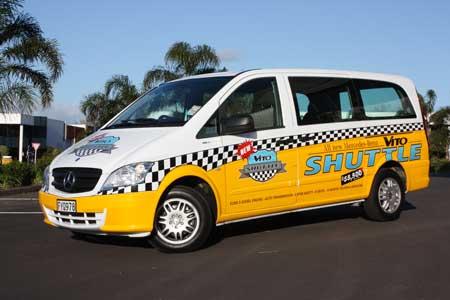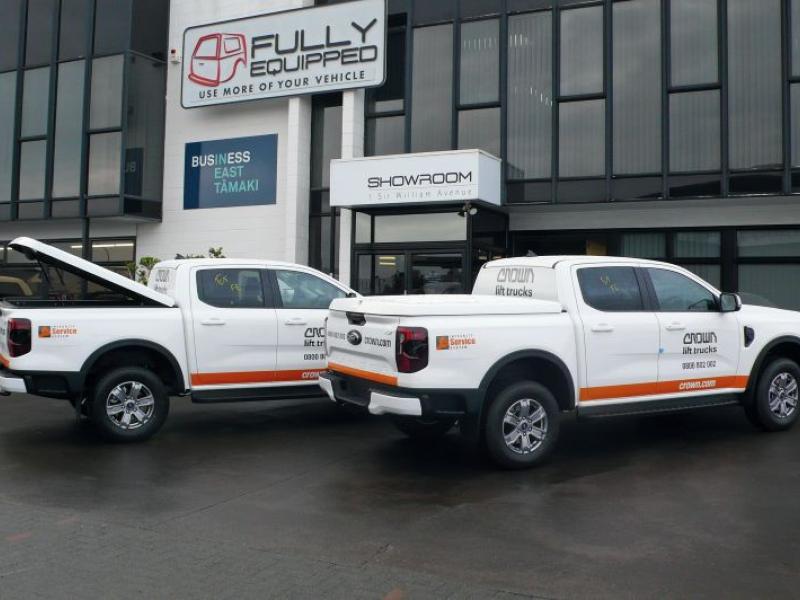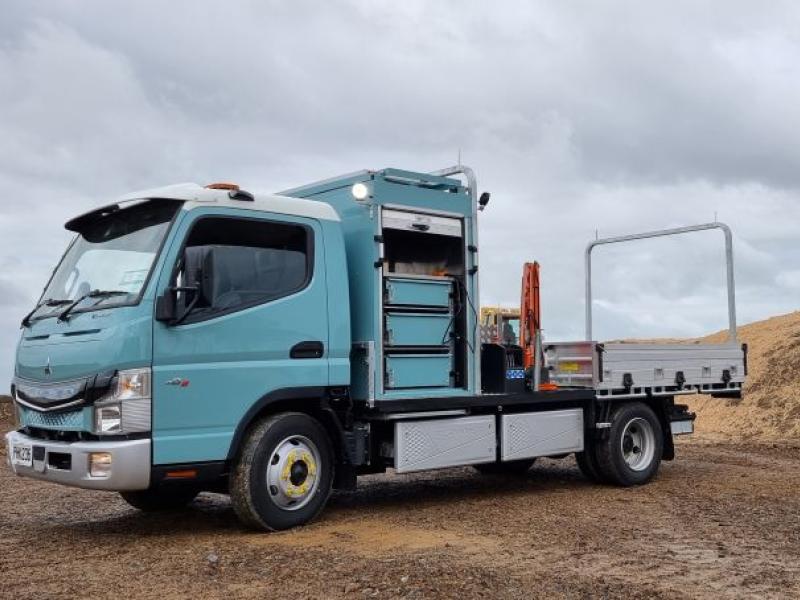| Outdoor advertising has long been considered one of the more efficient and cost-effective ways of reaching large numbers of potential clients. Buildings, shop frontages, sandwich boards, billboards, trucks and buses all carry advertising, so it makes sense to consider your company fleet as a rich source of potential outdoor advertising. Overseas trends have proven fleet graphics to be highly effective, yet it is only in recent years that our market has started to make the most of the advantages that this form of advertising has to offer. In the past vehicle signage was largely limited to computer-cut self-adhesive lettering for a company’s name and contact details, with maybe a simple graphic or logo. But recent advances in digital printing and self-adhesive technology have presented a world of new opportunities and creative possibilities for display signage on vehicles. New technology from manufacturers now allows graphics to stay in perfect conformation without popping, even after being wrapped around difficult three dimensional surfaces. This allows the entire vehicle to become a moving advertisement for your company and recent developments have led to new types of vinyls specifically for doing wraps, such as those that feature air channels to prevent bubbles and microscopic glass beads that prevent the adhesive from taking hold until squeegeed down. This feature allows the material to be lifted and reapplied as needed during the wrapping process, without compromising the longevity of the wrap. Vinyl is heated with a heat gun to mould around objects. A wrap must often be divided into a number of smaller pieces to appropriately cover any movable panels on the vehicle, such as the fuel flap, bonnet, boot and doors. Decals can be made to cover side and rear windows and can even be perforated to allow for some (admittedly limited) visibility. If a full wrap is not required – or in the budget – a partial wrap can be done. This approach combines traditional computer-cut vinyl application with the impressive photographic options of a full wrap to partially cover the vehicle, often to equally stunning effect as that of a full wrap. One of the often unseen advantages of wrapping a vehicle comes when it is time to remove it. With the original paintwork safely protected under the vinyl wrap, the condition of the vehicle is preserved (on the outside, at least.) In years gone by, panels could occasionally need re-spraying after the signage had been removed, but recent advances in technology has seen the need for this to be reduced to virtually zero. Going beyond the typical fleet of cars, vans and trucks, the new generation of self-adhesive vinyls for wraps and computer-cut applications has seen the appearance of far wider options for other types of vehicles. |
Nationwide signwriting group Speedy Signs was recently asked to recommend suitable substrates, supply and apply signage for two related companies. |






